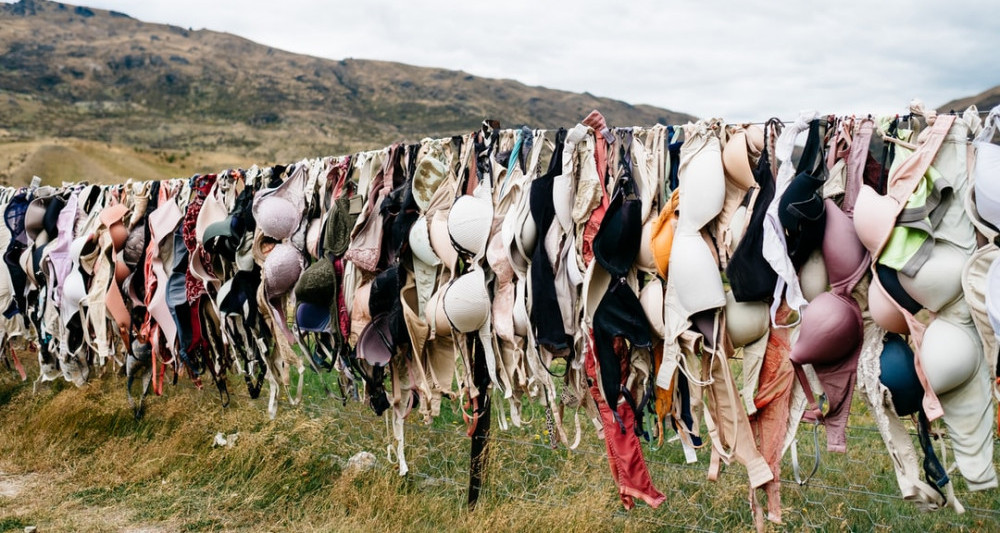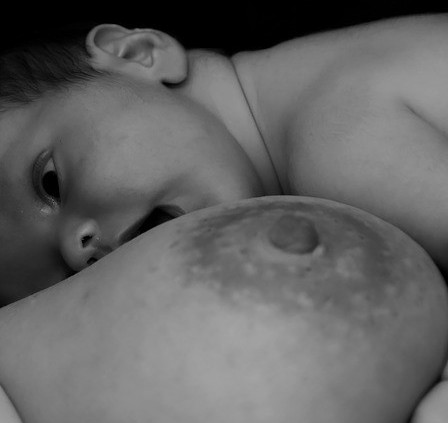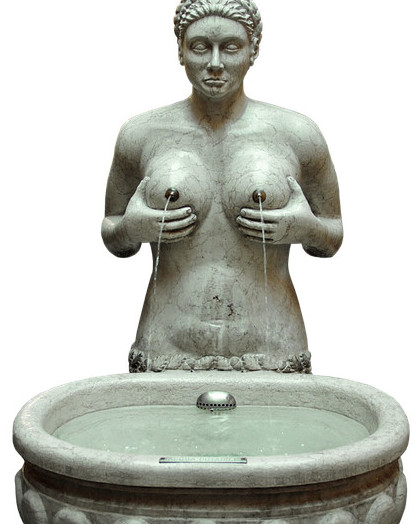
The breast is the organ dedicated to the fulfillment of the baby’s natural nutrient requirements and it functions optimally to achieve and maintain this role in spite of numerous impediments towards this goal.
Your breast in fulfilling this role may develop one form of hindrance or the other that may affect its breastfeeding functions and these complications will need to be resolved as quickly as possible so that breastfeeding and lactation can continue effortlessly. This is accomplished by taking proper care of the breasts before, during and after lactation.
The breasts may develop a variety of complications which usually emanates from wrong attitudes and improper care of the breasts and the majority of these complications can be resolved satisfactorily with the breast resuming its role as the baby’s ultimate nutrient supplier.
General care of the breasts
To ensure that you have a seamless and successful nursing experience, there are some general measures you should be taking to take care of your breasts as these measures to a large extent will help you to prevent most breast complications that may arise during nursing.
- Proper positioning of the baby with correct latch-on helps prevent most breastfeeding complications
- Keep the breasts clean and your bra clean and deal with any unhygienic events promptly
- Always alternate the baby on the breasts to ensure emptying of the ducts
- Always allow the nipples to air dry after each feeding
- Use cotton bra and change the breast pads frequently to avoid infection
- Avoid using excessive amounts of soap on the breast while washing the breasts
- Avoid use of tight-fitting bra as it suppresses milk let down
- Do not allow the baby’s lips to suck on the nipples while breastfeeding rather the lips should be around the areola and the nipple inside the mouth.
- Practice correct removal of the child from the breasts by breaking the baby’s suction gently by pressing your finger on the side of the breast near the mouth
- Moisturize your nipples with your breast milk after feeding before letting them air dry
- Examine your breasts frequently for masses, engorgement, nodules and seek medical attention for any unusual findings.
Common breast complications and their care
Cracked nipple
The cracked nipple is very painful and tender while the baby is feeding and a look at the nipple will show fissures and cracks extending down to the base of the nipple from the tip. The nipple also looks squashed at the end of a feeding episode. Cracked nipple is mainly caused by improper and poor attachment of the baby to the nipple.
Other common causes are
- Dryness of the nipple
- Vigorous sucking by the baby
- Continuous attachment and detachment of the baby to the nipple
- Monilial infection
Care and management
The mother should be taught on correct positioning of the baby and application of the baby’s mouth to the breast. The breast should be rested to allow the crack to heal and the breast is emptied with a breast pump and baby fed with cup and spoon. Local application of liquid paraffin based oils like flavine will help soothe the cracks and tenderness and the addition of antibiotics by your physician if there is suspicion of secondary bacterial infection helps to resolve the cracked nipple
Blocked ducts
Blocked ducts present as tender lumps on the breasts due to blockage of milk flow in a duct draining an alveolus. They are tender and localized with redness over the area. There is no associated fever with a plugged duct.
The condition usually arises as a result of infrequent feeds, tight clothing or trauma to the breast. It could also arise as a result of a thick milk blocking the lacteal duct.
Care and management
- Rest
- Ensure that the baby feeds often especially from the affected breasts and completely empty the breasts of milk
- Massage the breast from the lump down to the nipple as this encourages emptying
- Apply warm compress on the breast as it relieves the pain and helps empty the milk from the blocked lacteal duct
Galactocoele / Milk retention cyst
Galactocele and milk retention cysts arise as a result of an untreated or improperly addressed blocked lacteal leading to the development of a form of cystic mass on the breast. The milk that they contain initially is replaced by a thicker mass that may become cystic. The tenderness resolves eventually and they have characteristic echogenicity on ultrasound.
Care and management
If there are no more symptoms associated with this condition, some mothers may prefer to leave it alone as it does not hamper breastfeeding and will not lead to any further complication but the treatment for galactocoele and milk retention cysts are often managed by aspiration if they are cystic or surgical excision of the mass if it has solidified.
Mastitis
Mastitis can be non-infective or infective, it is one of the well-known complications and is commonest within the first two weeks of delivery
Non-infective breast mastitis results from milk staying too long in the breasts leading to milk stasis which subsequently develops into non-infective inflammation. This is as a result of long gaps between feeds occasioned by so many social and environmental factors.
Infective breast mastitis commonly occurs from an acute staphylococcus infection that reaches the breast from an infected baby.
It is characterized by swelling in the breast that may encompass the whole breast or a major part of it, sometimes involving both breasts. It is very tender and there is redness over the swelling and there are associated systemic symptoms like fever headache, chills and rigors.
Care and management
- Breastfeeding should continue.
- Breastfeed baby on the unaffected side.
- Avoid long gaps between feeds
- Encourage the mother to breastfeed frequently as all other measures in treatment of mastitis will not work if the breasts keeps getting engorged.
- Support the breast, use warm compress as necessary and remove milk if necessary with the use of breast pumps
- Use analgesics for pain relief ex diclofenac
- Use of antibiotics in the case of infective mastitis will help in treatment of the condition.
Breast abscess
Breast abscess is commonly due to a mastitis that has not resolved with treatment. There is swelling, tenderness, systemic symptoms and discoloration over the site of the swelling which is fluctuant and oedematous, sometimes it may be scaly and indurated over the abscess cavity.
Care and management
The treatment for a breast abscess is to surgically drain it either with needle which may have to be repeated or catheter drainage to empty the abscess cavity. You may continue to breastfeed the baby from the affected breast after the drainage if the pain is not too much or you can rest the breast for some days before recommencing breastfeeding.
Deficient lactation
This is a condition in which the breasts are not producing enough milk for the proper nourishment of the baby. Deficient lactation may be real or perceived.
The mother may complain that she is not producing enough milk for the baby but there are no other pointers to that effect as the baby is gaining weight appropriately and is growing well and making adequate urine.
In the real case of deficient lactation, the mother actually is producing milk but it is not enough for the baby’s growth and this is as a result of a physiological or pathological low milk production from the mother.
In most cases it is the poor management of breastfeeding via the improper breastfeeding techniques and patterns of feeding adopted by the mother that leads to the low milk output and correcting this leads to proper and adequate milk flow for the baby.
Pathological reasons that may lead to low milk production could be due to maternal factors or factors related to the baby. The mother may have had Sheehan’s syndrome during delivery, a condition related to severe postpartum hemorrhage that affects the pituitary gland leading to endocrine abnormalities that affects milk production.
Poor breast development, severe malnutrition, hormone containing contraceptive pills especially estrogen containing pills and smoking and excessive alcohol consumption are all factors that can lead you to develop low milk production.
The baby may fail to stimulate milk production in the mother as a result of illness, prematurity and certain congenital malformations.
Care and management
Counseling is the major avenue for addressing the problem of deficiency of lactation
The healthcare provider or a lactation consultant will listen to the mother’s story, take a breastfeeding history, analyze the situation, observe a breastfeeding episode to determine if the cause is perceived or real and counsel on the appropriate measures to take to address deficient lactation either real or perceived.
Conclusion
The breasts offer the baby the best nutrition and the earliest sign of any complication developing should be addressed as quickly as possible so that breastfeeding can continue seamlessly throughout the postpartum period.
Complications when they develop will be addressed with the aim of continuing breastfeeding as you manage the situation so that the baby gets its due nourishment and does not lack during this period.
Breastfeeding complications are a source of serious concern for the mother as she often blames herself for this, becomes anxious and agitated and feels she is not fulfilling her role as a mother if she cannot accomplish this natural process of feeding her baby.
By proper counseling and making adequate adjustments to enhance proper management of the breastfeeding and correcting deficiencies where they arise, breastfeeding and the whole postpartum period will be an awesome experience.
Dr Mawa
To your postnatal health and freedom
mypostnatalmanagement.com
Please if you have any suggestions or comments or wish to share your experiences about breastfeeding complications and breast care kindly use the comment box below.


